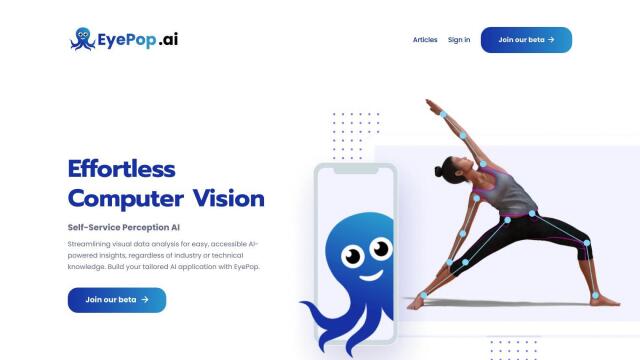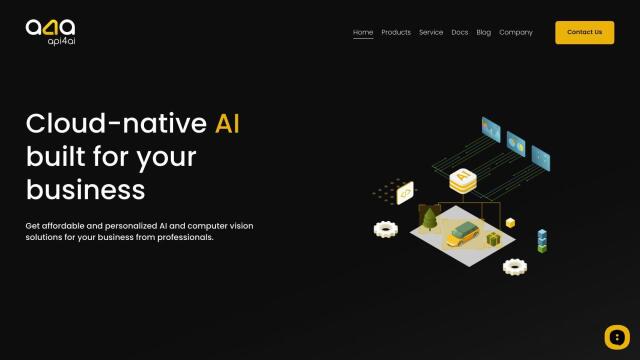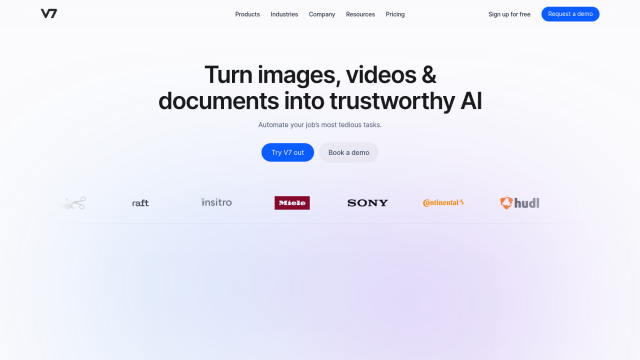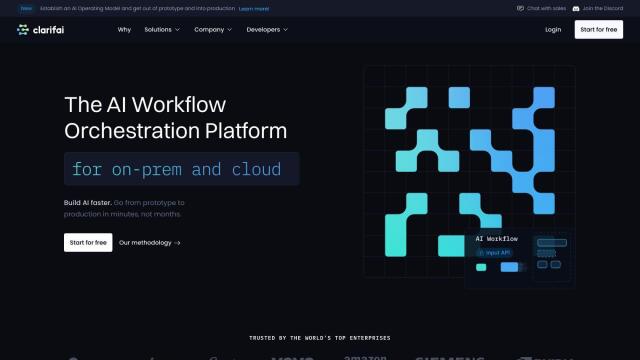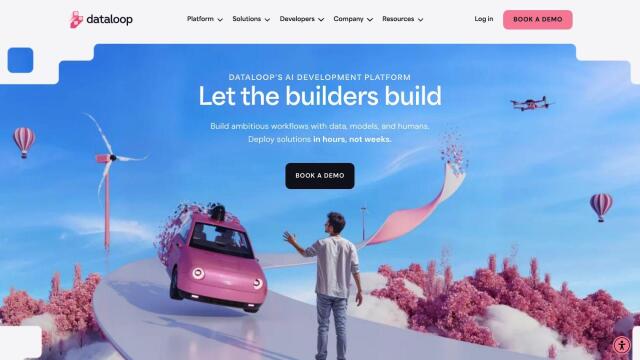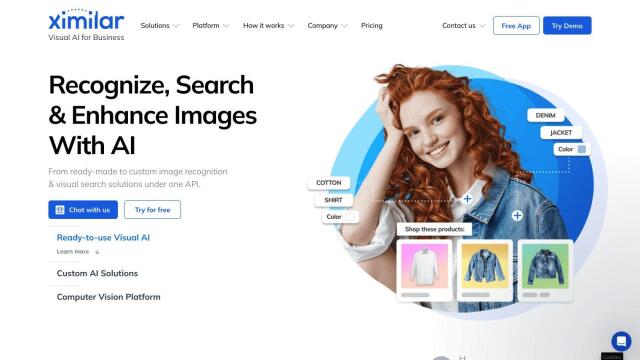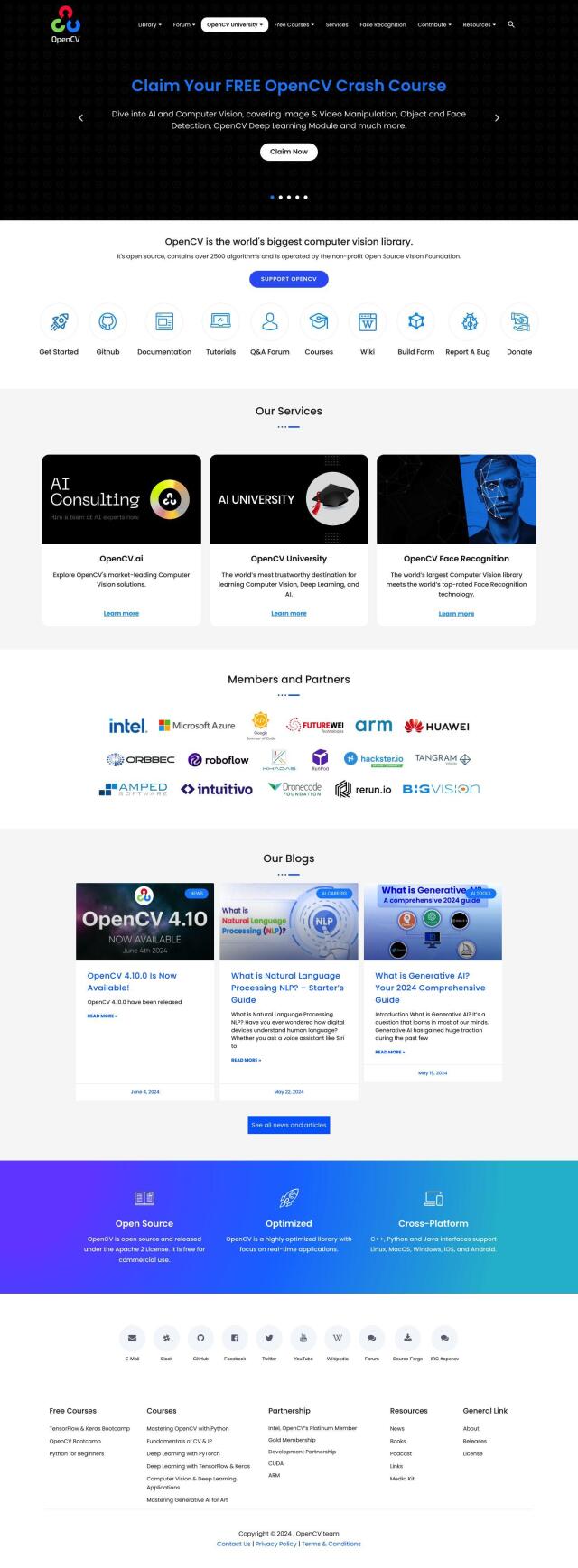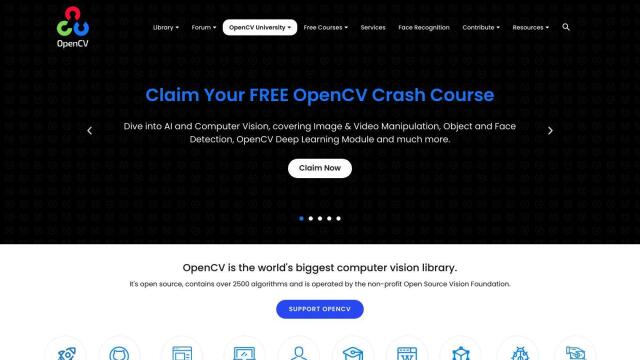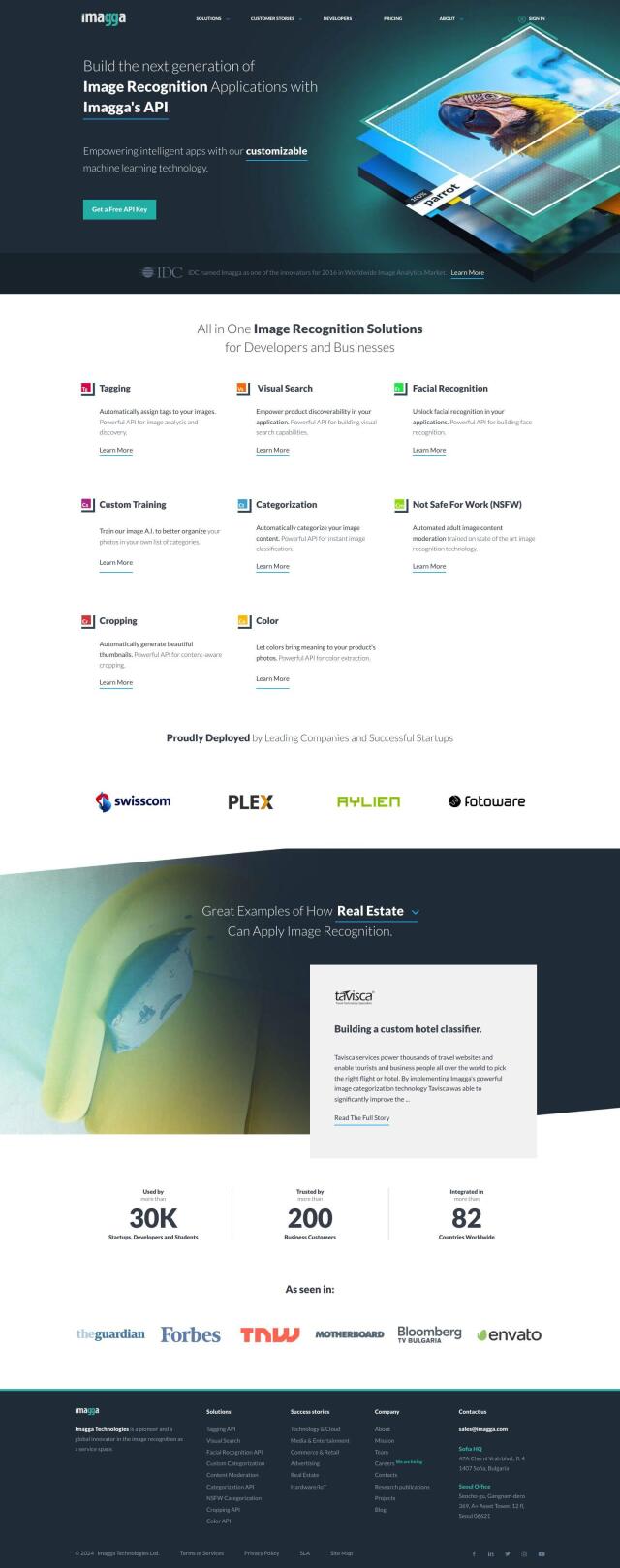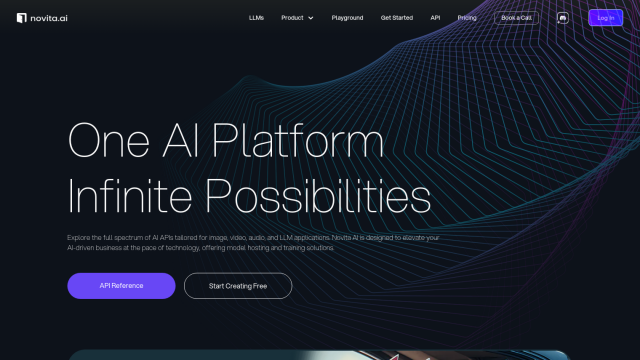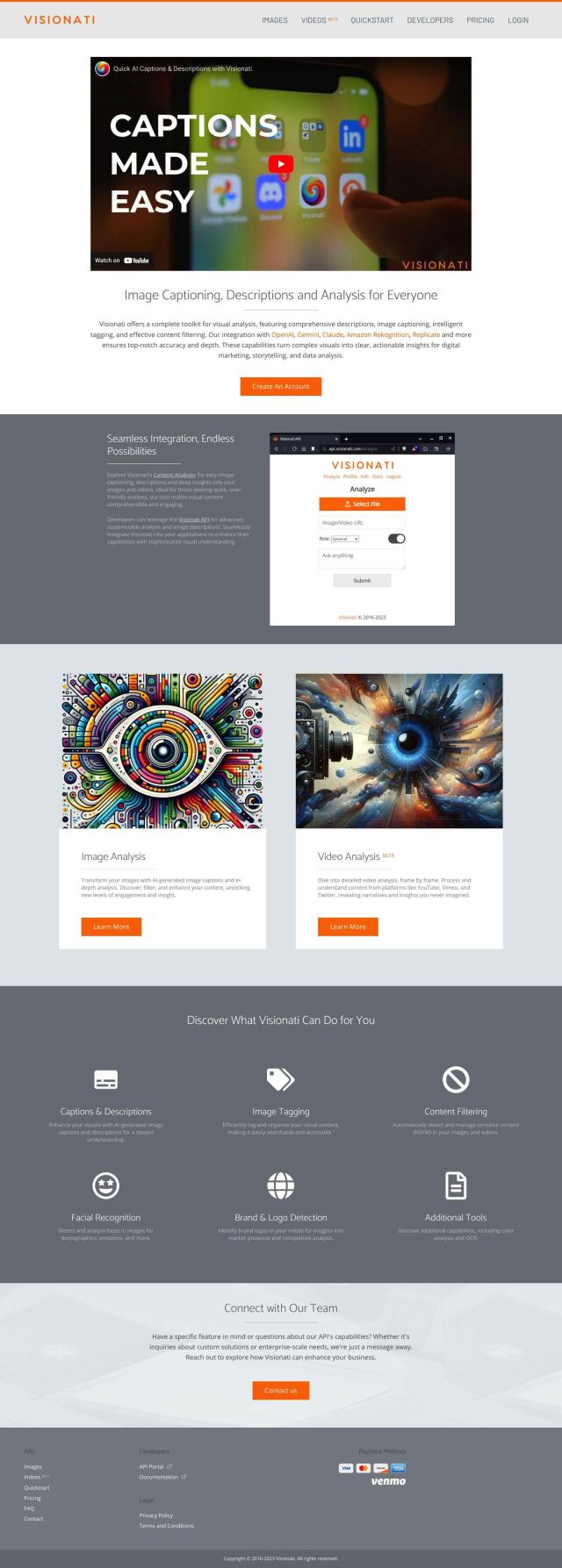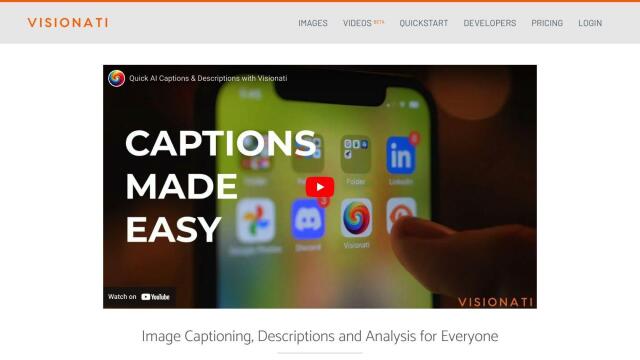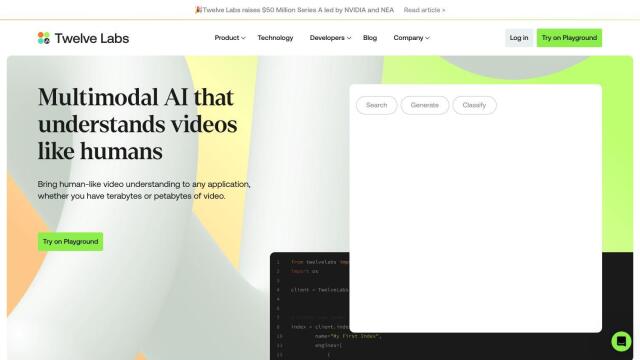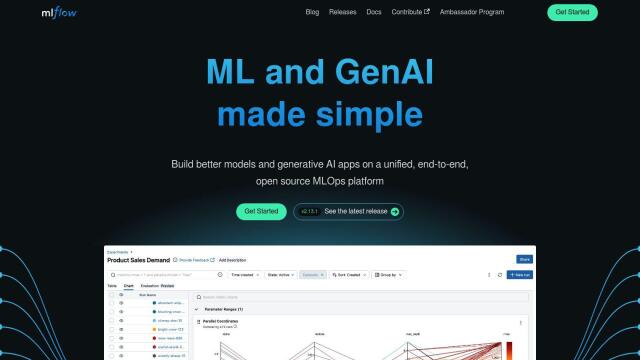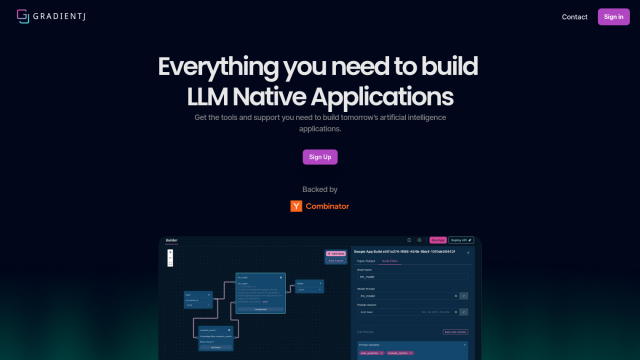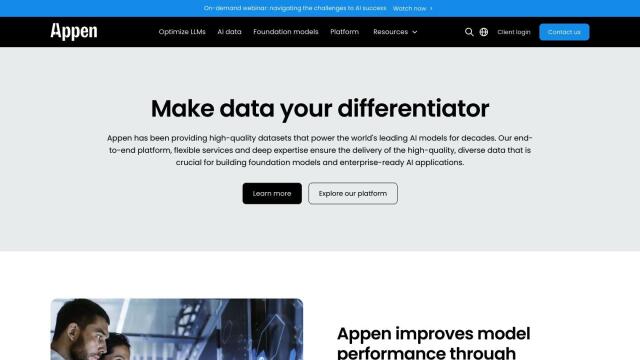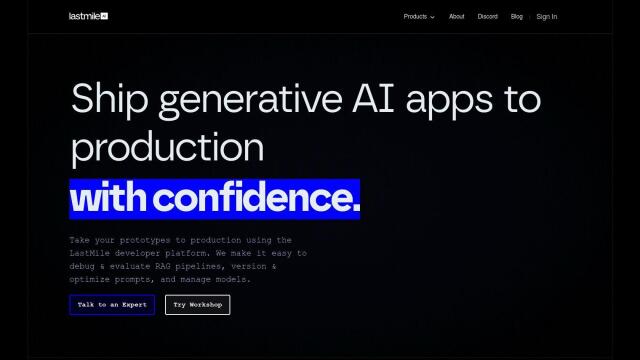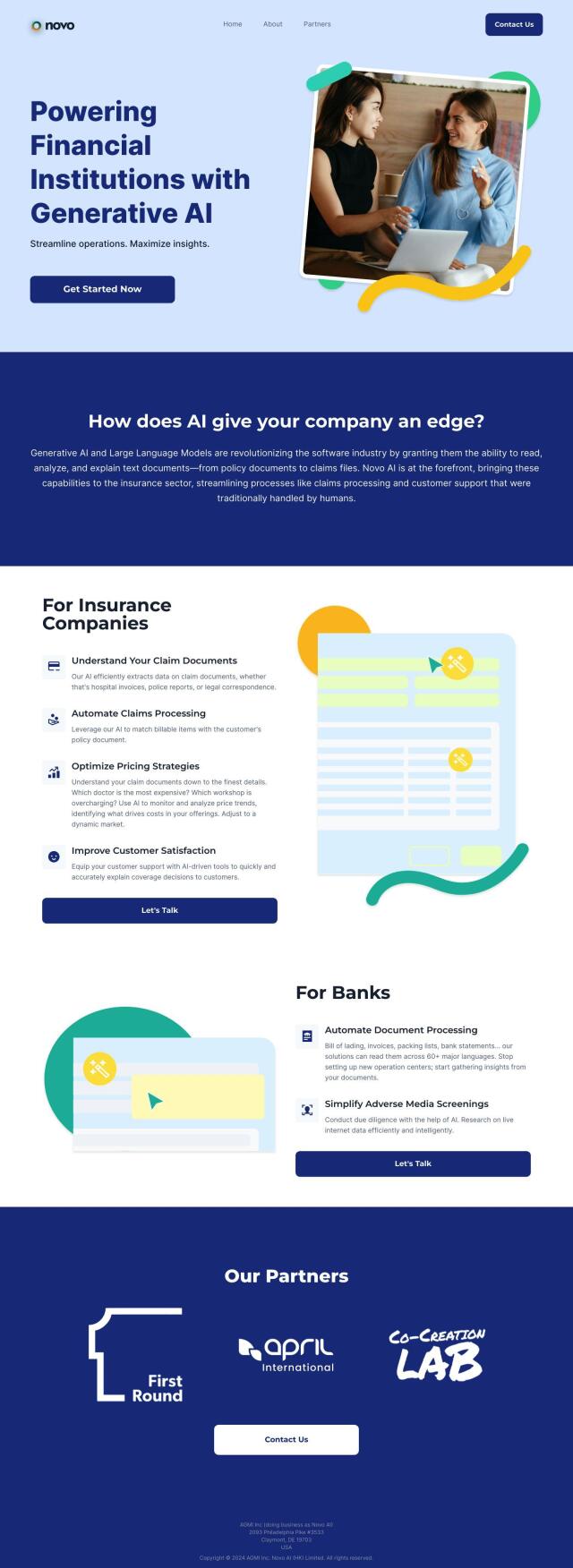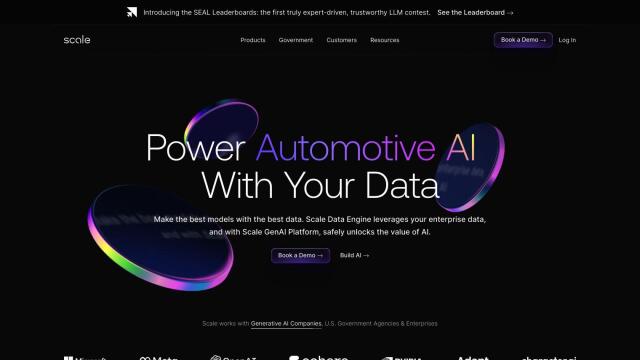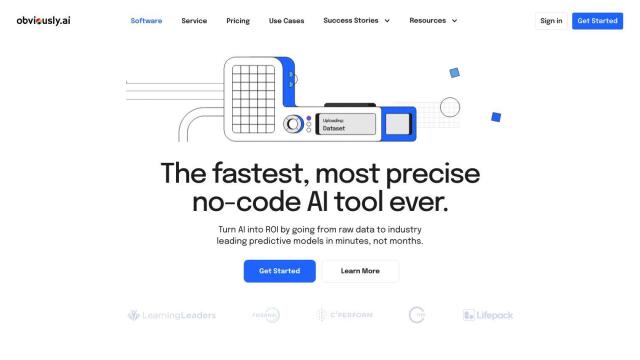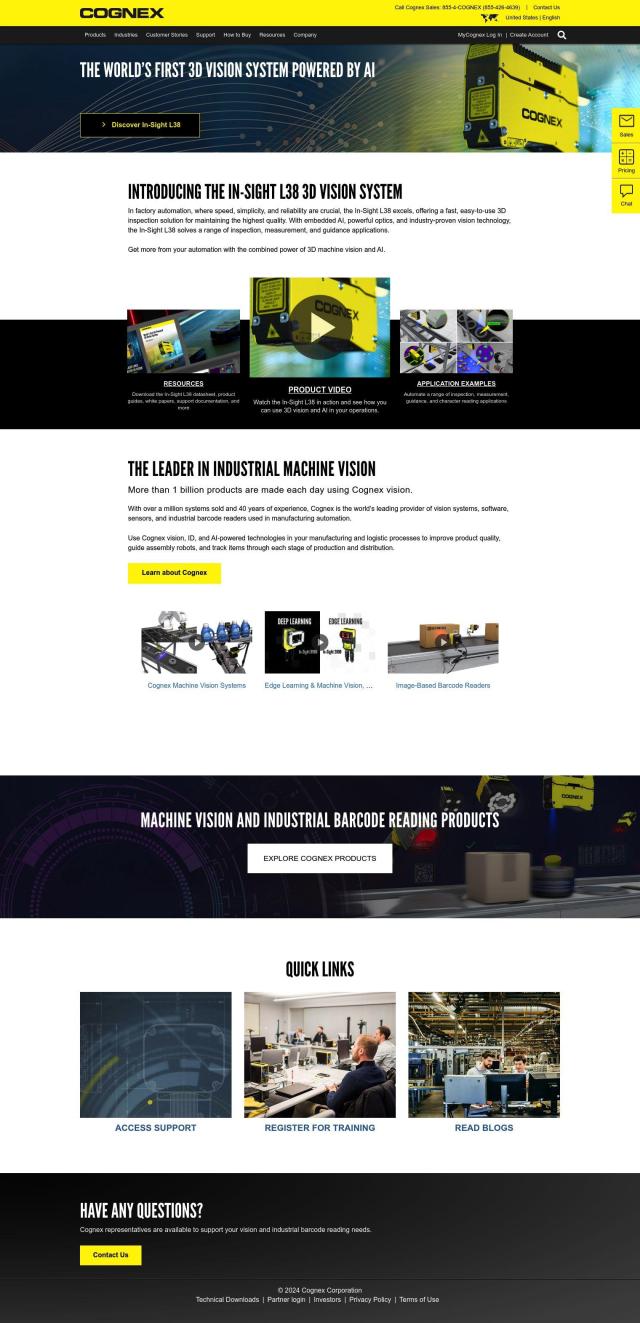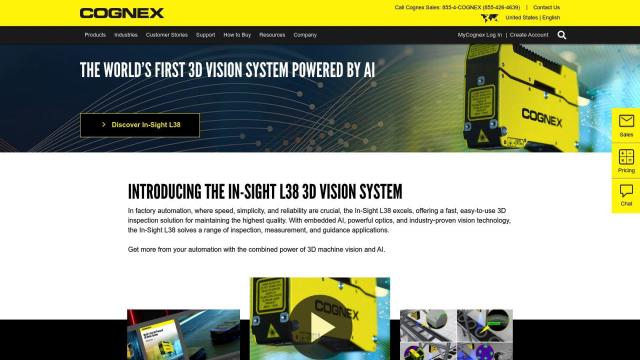Question: Is there a computer vision API that can help me automate damage assessments for insurance claims?

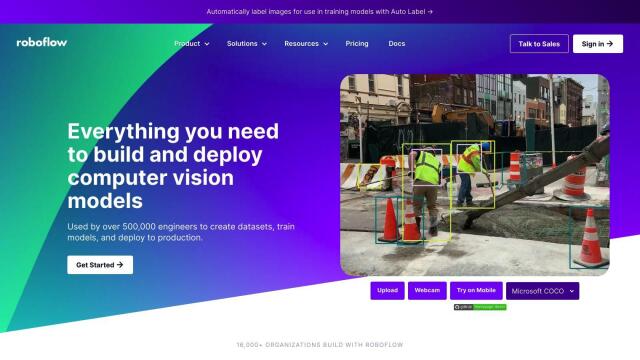
Roboflow
If you want to automate damage assessments for insurance claims with a computer vision API, Roboflow is a great option. It's an end-to-end platform for training and deploying computer vision models, with AI-boosted labeling tools, pre-trained models and an auto-annotate API for quick labeling. The platform integrates with TensorFlow, PyTorch, YOLO and other frameworks, so it's a good foundation for whatever development needs you have. Roboflow also has strong security and privacy controls, so it's a good option for enterprises.
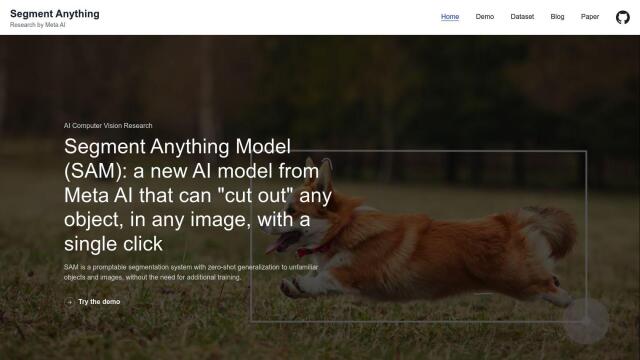

Segment Anything Model
Another option worth considering is Segment Anything Model (SAM), which is particularly good at zero-shot object segmentation. SAM can perform segmentation tasks with a single click, without any additional training, which makes it very useful for automating damage assessments. The model can run on multiple frameworks, including PyTorch and ONNX, and is small enough to run on a CPU or GPU. That could be useful if you need a fast and flexible option for your insurance claim assessments.

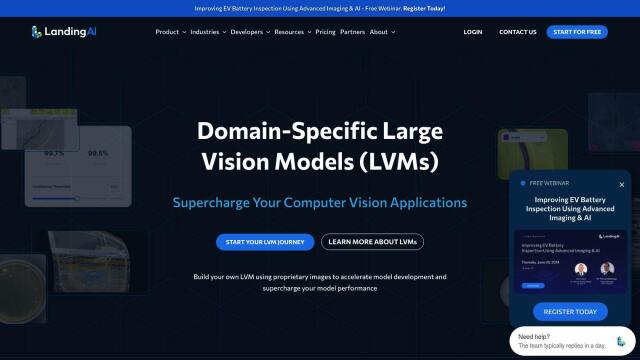
LandingLens
LandingLens is another cloud-based computer vision platform that uses Large Vision Models (LVMs) for domain-specific tasks. The platform lets you build and train LVMs with your own proprietary imagery, which can dramatically improve model performance. With features like automatic mislabeled image detection, collaborative labeling and continuous learning, LandingLens is a good option for your damage assessment needs. It can be deployed in a variety of environments, including cloud and edge.
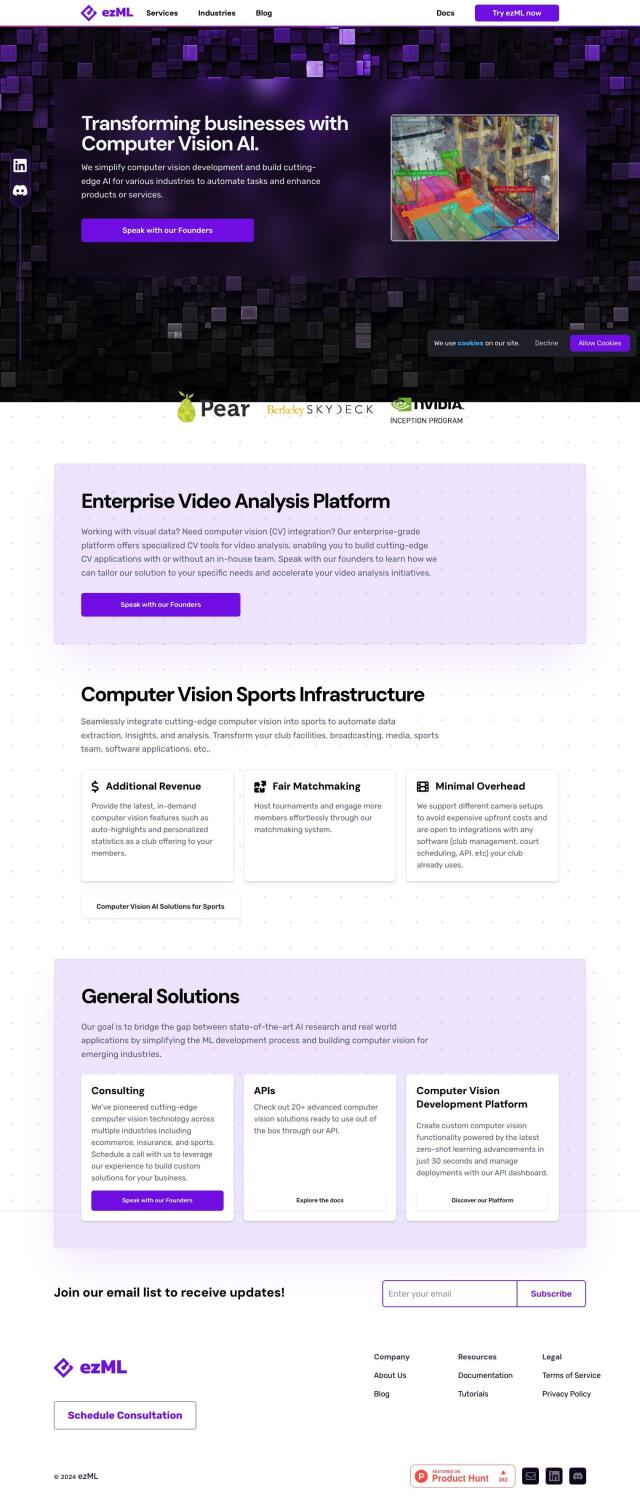
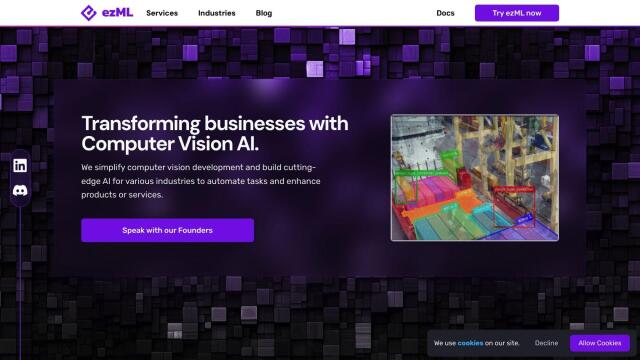
ezML
If you prefer a low-code approach, ezML offers a lightweight API for custom computer vision applications. ezML lets you string together pipelines with pre-trained models with minimal programming, which can be useful for rapidly deploying a damage assessment solution. It can handle high-speed inference and scale to meet demand, so it's a good option if you need to integrate it into your insurance claim processing workflow.

